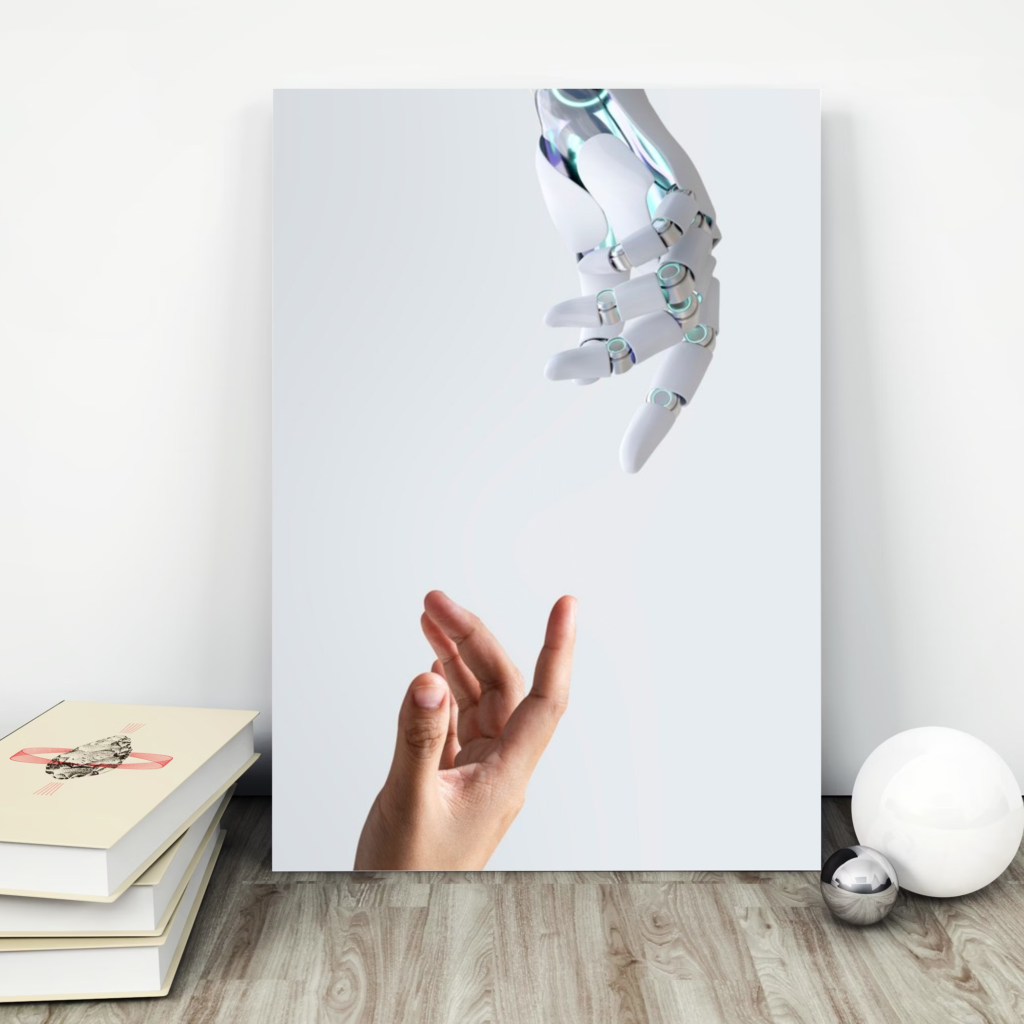
Introduction
Discover the transformative potential of artificial skin technology in prosthetic hands. Explore how this groundbreaking innovation can revolutionize the lives of individuals with limb loss by providing the ability to sense pressure, temperature, and humidity. Unveil the science behind artificial skin, its benefits and challenges, and its promising future in creating prosthetic hands that closely resemble biological ones. Join us on the Prosthetic Orb podcast as we explore this sensory revolution.
Understanding the Significance of Touch and Sensory Perception
Touch and sensory perception play a vital role in our lives, shaping our experiences and interactions with the world. For amputees, the absence of sensory feedback in their prosthetic hands has been a challenge. However, artificial skin technology offers a solution that bridges the gap between biological and engineered systems, allowing individuals to experience the sensation of touch once again.
The Science Behind Artificial Skin
Researchers at Graz University in Austria have made groundbreaking advancements in artificial skin technology. The artificial skin they have developed contains thousands of sensors per square millimeter, capable of detecting humidity, temperature, and pressure. These sensors mimic the behavior of human skin, creating an electrical charge that provides valuable sensory information to the user.
Revolutionizing Prosthetic Hands
The integration of artificial skin technology into prosthetic hands holds incredible potential. With the ability to sense pressure, temperature, and humidity, prosthetic hands can perform complex tasks such as handshakes, object manipulation, and human-to-human contact. The enhanced functionality and realistic sensory feedback provided by artificial skin technology empower individuals with limb loss to interact with their environment more intuitively.
Benefits and Challenges of Artificial Skin Technology
Artificial skin technology offers numerous benefits, including an improved sense of touch, enhanced functionality, and the potential to alleviate phantom limb pain. However, challenges such as translating sensory information and the cost of implementation need to be addressed. Ethical considerations, including the distinction between therapeutic use and human enhancement, as well as privacy and data security concerns, also come into play.
Implementing Artificial Skin Technology with Myoelectric Hands
One potential application of artificial skin technology is integrating it with myoelectric hands. By replacing the cosmetic cover with artificial skin, sensory feedback can enhance the operation of the prosthesis. Pairing the feedback relay with a low-profile vibrational sensor within the socket wall can provide patients with valuable tactile feedback.
The Promising Future of Artificial Skin Technology
Ongoing research focuses on refining sensor resolution, expanding the range of sensory feedback, and improving the durability of artificial skin. With each new breakthrough, we come closer to creating prosthetic hands that are indistinguishable from biological ones. The possibilities for enhancing the lives of individuals with limb loss are truly extraordinary.
Artificial skin technology is not just about replicating the sense of touch in prosthetic hands; it’s about restoring a sense of wholeness and connection for individuals with limb loss. It’s a remarkable journey where the boundaries between humans and machines fade away
Conclusion
Artificial skin technology is a game-changer in the field of prosthetics, offering the potential to restore not only physical function but also a sense of self and connection for individuals with limb loss. The integration of artificial skin into prosthetic hands opens up a world of possibilities, empowering users to regain a sense of wholeness and interact with their environment in a more natural and intuitive way. Stay tuned for future advancements in this groundbreaking field as we celebrate the remarkable progress reshaping the future of prosthetics.
Thank you for the insightful article! I found the information useful and engaging. Your writing style made the topic easy to understand. I look forward to reading more of your posts!